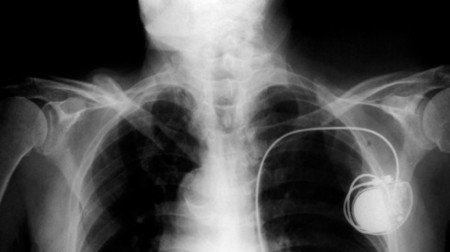Scientists at the Cedars-Sinai Heart Institute have successfully reprogrammed ordinary heart cells to become exact replicas of so-called “pacemaker” heart cells. Such replica cells could conceivably one day be used instead of electronic pacemakers, in patients with heart disease.
Also known as SAN cells, pacemaker cells constitute about 10,000 of the human heart’s approximately 10 billion total cells. They generate coordinated electrical impulses that result in rhythmic contractions of the heart muscle – in other words, they allow the heart to beat. If something goes wrong with them, the implantation of an electronic pacemaker is often required ... for now.



 Your new post is loading...
Your new post is loading...











